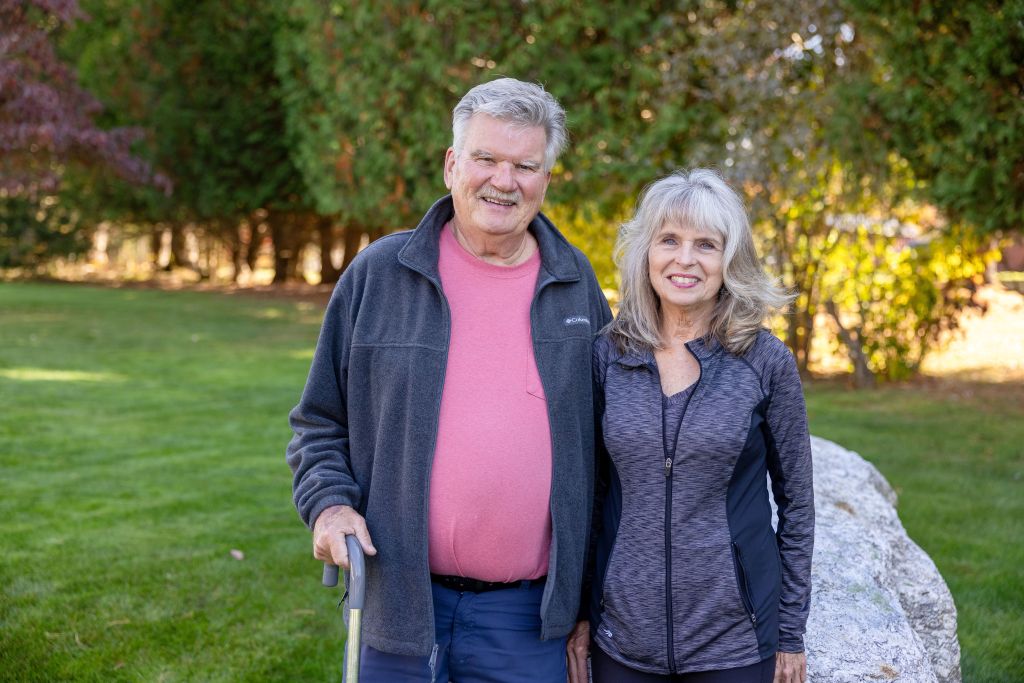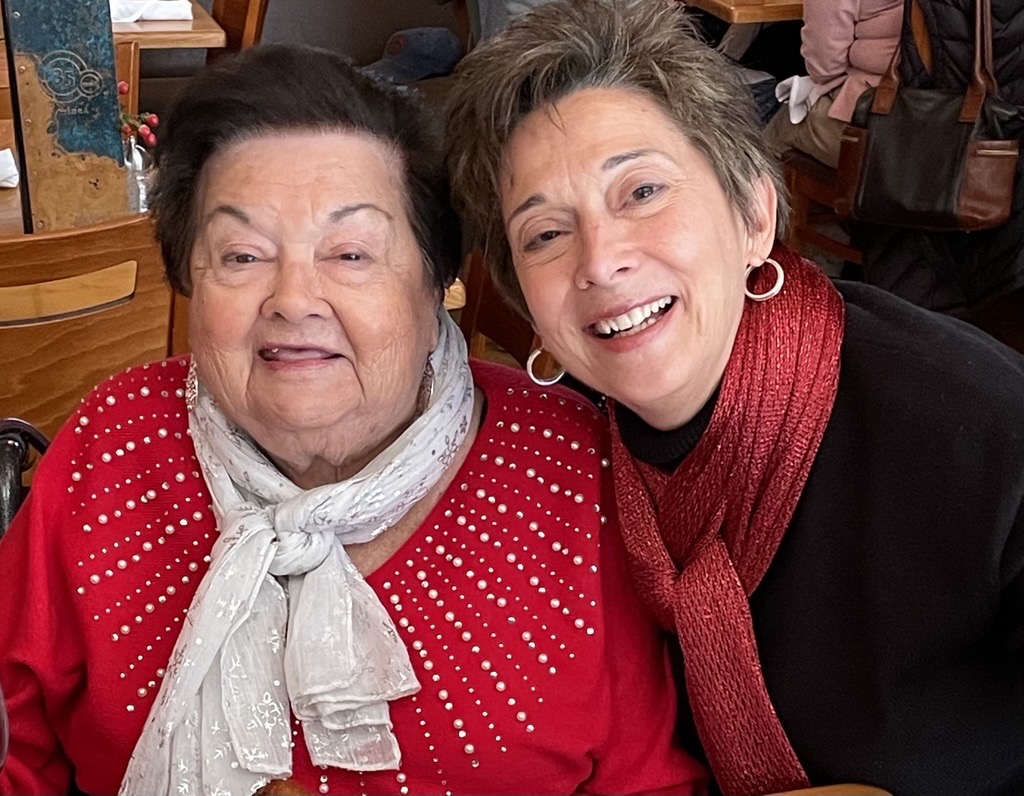
When You Can’t Be There: Creating a Caregiving Plan B
Michelle Seitzer is a freelance writer who has specialized in elder care content for eight years and prior to writing, worked in the field for more than a decade. You manage multiple medications, and schedule countless therapy appointments, doctor visits, surgeries, and more. You may have a part- or full-time job outside the home you’re also balancing. You don’t really know what “down time” is, because you rarely get any. And it’s always been this way. As the caregiver for an adult with a developmental disability (DD), the lifelong commitment and around-the-clock care can be both draining and daunting. Because you are in constant motion, there is little time to rest—and even less time to plan for the future, for the “what ifs,” or even for a break. Diane, a North Carolina resident who cares for her adult son with mental illness, has a “plan B” in place. “My son and daughter-in-law live about 15 minutes away and they will take over care,” she says. “My ideal plan B would be to hire a live-in person to take over most of the care. As for a long term plan, there is no formalized one yet.” It’s easy to be consumed by the daily grind as a special needs caregiver. But what happens to your loved one in an emergency situation, or if you as the caregiver become temporarily or permanently unable to provide care? These are questions all caregivers of adults with DD must answer.
Planning for Respite: Tips & Tools
Respite seems like a foreign concept to so many caregivers, a thing only “other” more fortunate caregivers with luxuries of time and money do. But all caregivers require respite, and it should never be a question of “Can I afford it?” but rather “Can I afford NOT to take it?” Also, respite doesn’t mean taking off on a Caribbean cruise or spending the week at the beach. Sometimes, respite can be as simple as skipping the weekly food shopping trip and two nights of meal prep and cleanup by delegating those tasks to someone else. Respite can be as simple as designating one night a month to go out for dinner with your spouse or partner. Respite can be taking a nap when your loved one is at an adult day program for a few hours instead of cramming the time with household tasks and phone calls. Respite is all about prioritizing rest and self-care in your caregiving journey. When planning for respite, start small. Do something, even if it’s just once a month at the beginning. Push past the guilt. Refresh and care for yourself so you can continue to provide care. Check out these sites for respite services locators, information, and support.Emergency Action Plan for Caregivers: Tips to Navigate Crisis Moments
No one expects an emergency, and in that state of chaos, few can think clearly. Have an action plan ready for those moments you hope will never happen. Talk with your loved one about this action plan, and keep a copy of it with you and posted prominently in your home at all times. Find a way to visibly identify yourself as a caregiver and your loved one as a dependent to send a clear message in a crisis without giving away private information. Possible options for an emergency action plan include: having a dedicated person (be it a trusted friend, relative, neighbor, or home care provider) on call 24-7 who is committed to dropping everything to come and provide care; notifying your local EMT/police/first responders about your loved one’s special needs and prompting a check-in visit or call should a crisis occur; or having an arrangement with a nearby assisted living community for a short-term stay. Even in the latter situation, you may need someone to prepare a bag of overnight items and transport your loved one if you cannot. Consider these guides for building your family’s emergency action plan.- Just in Case: Emergency Readiness for Older Adults and Caregivers
- Preparing Makes Sense for People with Disabilities and Special Needs


